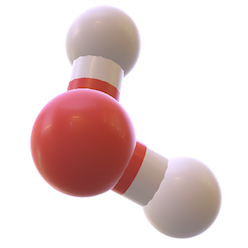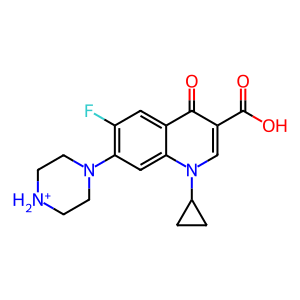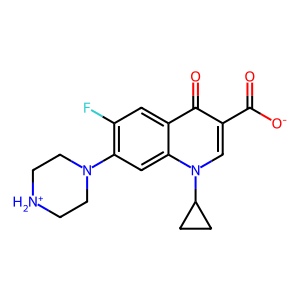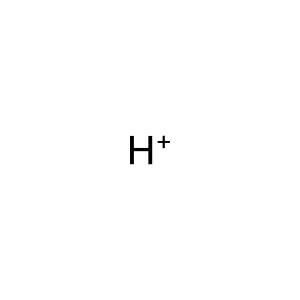Reaction: Cipro is imported by organic cation transporters
- in pathway: Ciprofloxacin ADME
Cipro(1+) ion is taken up in the upper GI tract (Harder et al, 1990; reviewed by Olivera et al, 2010). Due to its charge and its size it is unlikely that translocation of Cipro(1+) into cells happens via diffusion through the membrane or through ion channels. Candidates for transport proteins include the organic cation transporters SLC47A1, SLC47A2, SLC22A1, SLC22A2, and SLC22A3 although they are not abundantly expressed in stomach. Interaction of fluoroquinolones with each of these proteins and inhibition has been shown, with different models emerging for transport in enterocytes, hepatocytes, and renal proximal tubule cells. However, as the measured interactions were too weak to have clinical relevance, more studies are needed to get the complete picture (Mulgaonkar et al, 2013).
In the cytosol Cipro(1+) releases a proton, turning into the Cipro zwitterion, the preferred species at physiologic pH.
In the cytosol Cipro(1+) releases a proton, turning into the Cipro zwitterion, the preferred species at physiologic pH.
Reaction - small molecule participants:
Cipro [cytosol]
H+ [cytosol]
Cipro(1+) [extracellular region]
Reactome.org reaction link: R-HSA-9793628
======
Reaction input - small molecules:
ciprofloxacin(1+)
Reaction output - small molecules:
ciprofloxacin zwitterion
hydron
Reactome.org link: R-HSA-9793628



